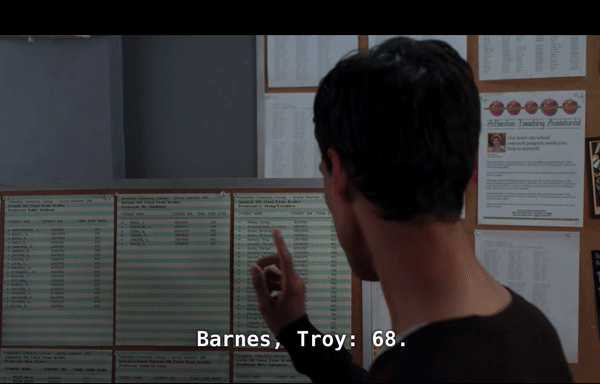CALCULATOR
—
Percentage Calculator

We have some questions for you! Help us out through this
INTRO
—
The word percentage comes from the word percent, which means "per ." In other words, a percent tells us what amount out of we have. The percentage tells us how much of the test we got correct if the test were split into questions.A proportion is an equation that lets us know two ratios (or fractions) are equal.
The percentage tells us how much of the test we got correct if the test were split into questions.A proportion is an equation that lets us know two ratios (or fractions) are equal.
Percentages are often used for grades. For example, if we get out of questions correct, our grade percentage would be .
 The percentage tells us how much of the test we got correct if the test were split into questions.
The percentage tells us how much of the test we got correct if the test were split into questions.If we got a on a question test, then we got out of questions right.
In general, percentage problems involve proportions (equivalent ratios) between a given percent and a given part of a whole.
So a percentage problem like is really asking us, "What amount out of is equal to out of ?"
What is a proportion?
For example:
Check out our or explore our and sections to learn more about percentages and test your understanding.
Calculator
Lesson
Practice
You can also use the Quick Links menu on the left to jump to a section of your choice.
You can also use the Quick Links dropdown above to jump to a section of your choice.
KEY STEPS
—
How to Calculate Percentages
Step 1. Change the percent into a fraction.
The percent tells us an amount out of . Remove the percent sign and place the number over .
Step 2. Set up the proportion.
The percent over is equal to the part over the whole. Use a variable like for the value you're solving for.
Step 3. Cross-multiply.
Step 4. Solve for the unknown.
LESSON
— Calculating Percentages
PRACTICE
— Calculating Percentages
CONCLUSION
—
Leave Feedback